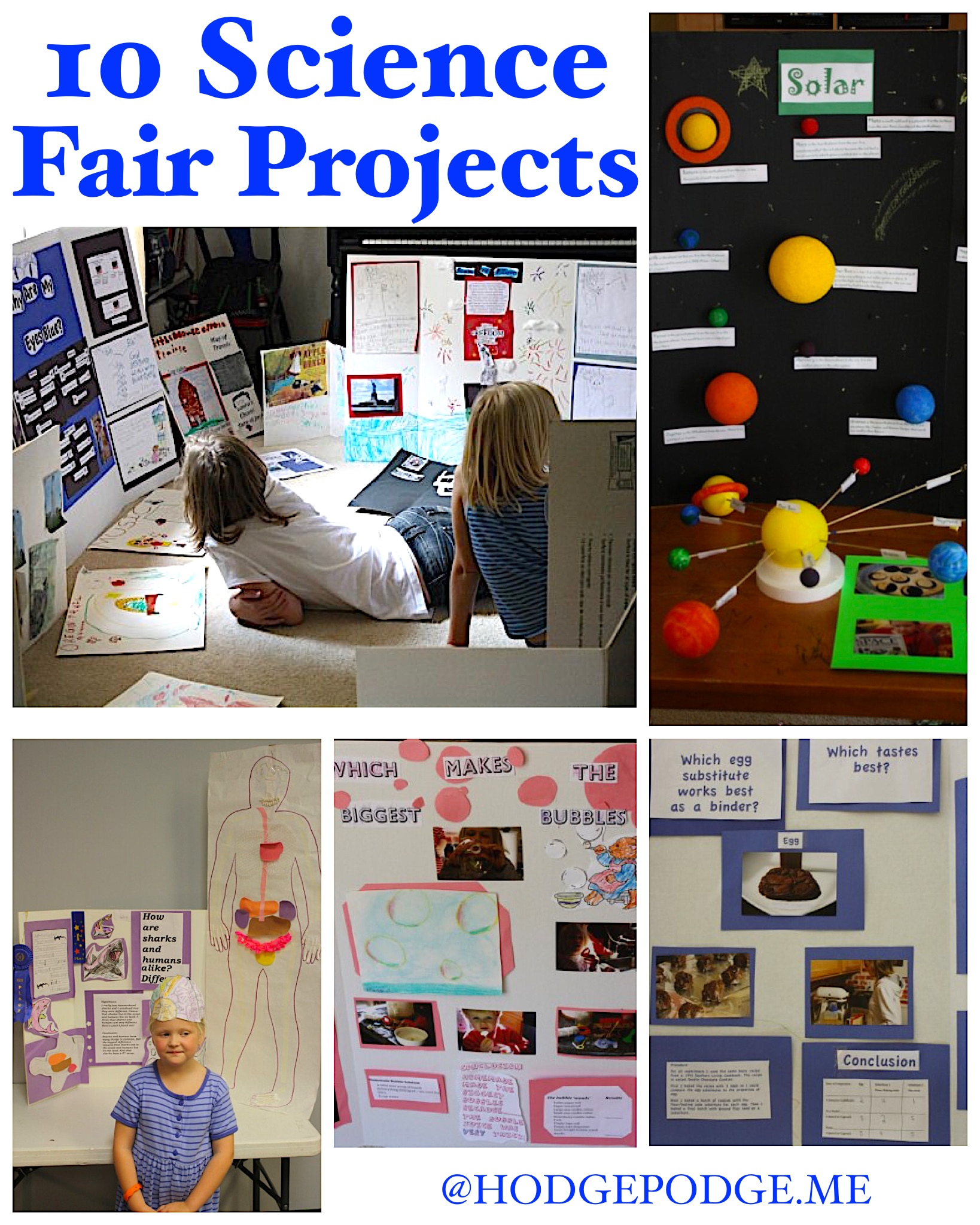Science Project

Did you mark this year’s science fair on the calendar months ago? Home Science Tools will help you guide young scientists through science fair projects from first question through final presentation. Did your student just announce the science fair is next week?
Science Projects For 5th Graders
Find and to create a stellar project on the quick. No matter the amount of prep time, completing a science fair project inspires learning as students dig into a question through hands-on science. With curiosity engaged, students will produce a final project worthy of proud display. And because we all know parents and teachers play a huge role in that science fair project, you can pat yourself on the back, too. Need a jump-start? Enter your student’s age, science interest, and focus topic in the tool to find the perfect science kit and get started!
Make Water Float A lesson in: Air pressure. Can you We bet you can.
Click on the Erase button and wait until the process has completed. Set the format type to Mac OS Extended (Journaled.) Optionally, click on the Security button and set the Zero Data option to one-pass. Format factory for mac filehippo. Click on the Erase tab in the DU main window.
No, you don’t need to be a wizard or a witch. You don’t need to cast a spell. There’s nothing magic about it at all, in fact. You can make water float using good, ol’ fashioned, awesome science.
The “trick” to this experiment is air pressure. Get everything you need and the how-to, right, thanks to Mike Adamick and his book,. Messiness factor: Two sponges. Photo by Mike Adamick. Copyright © 2014 F+W Media, Inc. Used by permission of the publisher. All rights reserved.
Glowing, Smoking Bubbles A lesson in: Sublimation. When a substance passes directly from a solid phase to a gas phase without ever becoming a liquid, it sublimates. Add a little dry ice to bubble solution and the contents of an activated glow stick and get ready to rock the glow-in-the-dark scene in your neighborhood.
Science Projects For 5th Graders
Whipped up awesome experiment to create glowing bubbles, and thought to add dry ice to the same experiment. The bubbles are out of this world—they glow and rise from the smoke. Naturally, we recommend an adult to handle the dry ice (skin contact can burn) and supervise this experiment. Messiness factor: Three sponges. Potato Power A lesson in: Chemical to electrical energy. When these nails and copper wires collide, heat is generated (psst. Heat is a result of expended energy, so you can explain to your little runner why he feels warmer after a race around the house).
But with some potato magic, the properties of the nail and copper stay separated, allowing the heat to become the electric energy needed to power up your devices. Build your own potato battery with this tutorial from. Messiness factor: One sponge. Dry Ice Bubbles A lesson in: Gas. Dry ice is already cool enough on its own (yes, pun intended) but it takes science to turn them a rad overflow of bubbles. When you add water, it changes the temperature of the dry ice, causing the ice to go from solid to gas. That’s where the fog and bubbles come from!
Head to crafty blog to get the full tutorial. But be careful: Dry ice can cause serious skin burns, so make sure your kids are well supervised and know not to touch the ice. Messiness factor: Three sponges. Rock Candy A Lesson In: Crystallization. Be careful: The water only has the power to make the sugar crystals “invisible” when it’s piping hot.

After the water cools down and evaporates, the sugar turns back into a solid. And with a little help of your sugar-soaked string, the crystals will find a home to grow upon and become rock candy. Learn how to make your smart sweets with these instructions from the. Messiness factor: Two sponges. Want more at-home science experiments? We’ve got and for your home lab! — Christal Yuen & Amber Guetebier RELATED STORIES.